The Crypt That Isn’t a Tomb
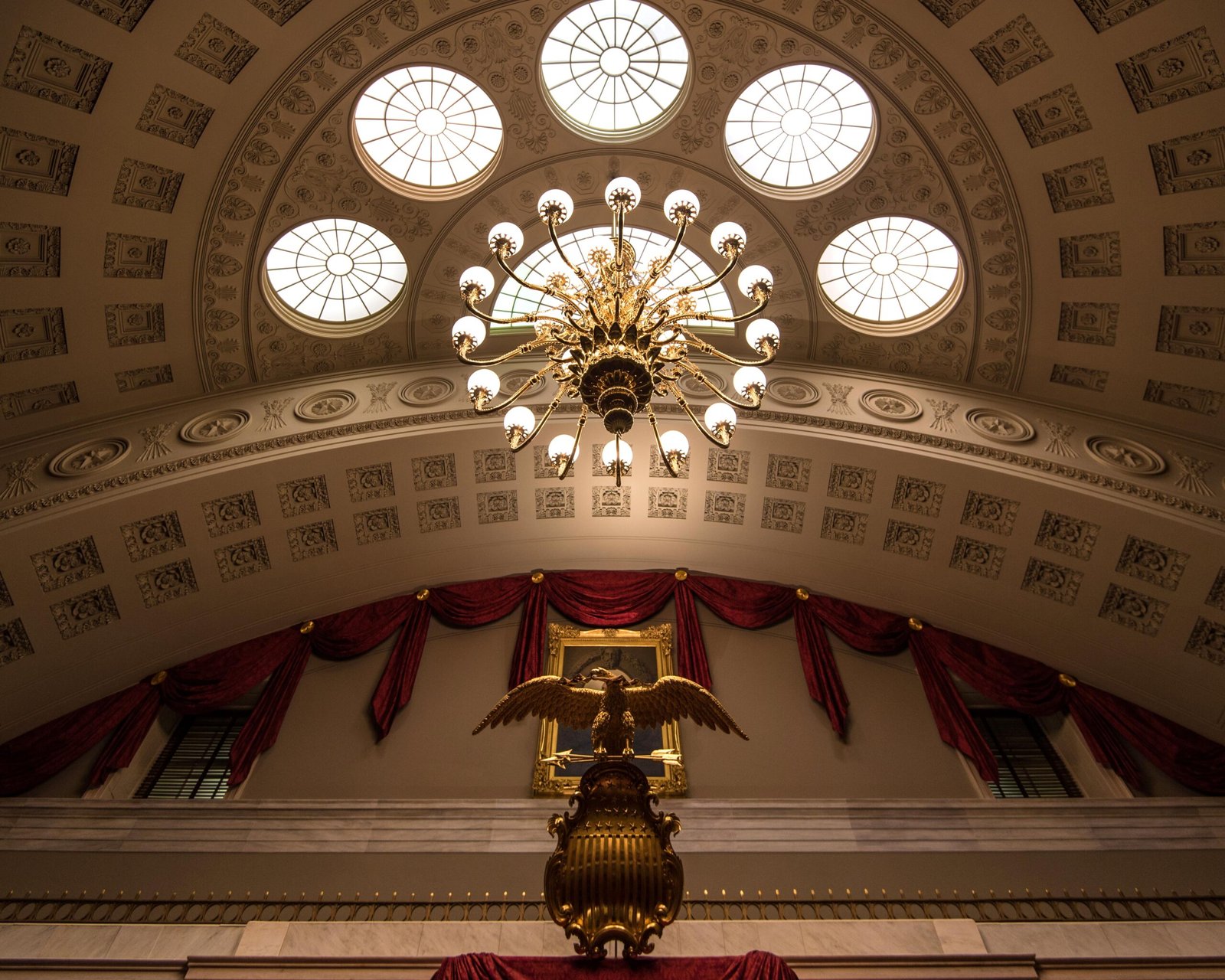
Beneath the iconic Rotunda of the U.S. Capitol lies an intriguing feature known as the Crypt. This curious name often misleads visitors, as it suggests the presence of a tomb. Originally designed to house the remains of George Washington, it remains empty to this day. Despite plans to lay him to rest beneath the Capitol, Washington’s final wishes were different; he preferred to remain at his beloved Mount Vernon estate. So, while the Crypt makes for an interesting conversation piece, it serves no memorial function. Instead, it quietly commemorates an intention never realized, a silent nod to respecting a founding father’s will.
Ghostly Encounters
For those with a penchant for the supernatural, the Capitol holds more than just history—it’s home to supposed hauntings. Employees and visitors alike have recounted eerie encounters. Among the spectral inhabitants is John Quincy Adams, who is said to still haunt the chambers where he served. Another ghost, shrouded in legends, is the “Demon Cat.” This mysterious feline reportedly appears before national tragedies or upheavals. Whether these accounts are based on truth or are products of vivid imaginations, the Capitol’s haunted reputation adds to its allure and mystery, keeping the tales alive for new generations.
It’s Still Growing
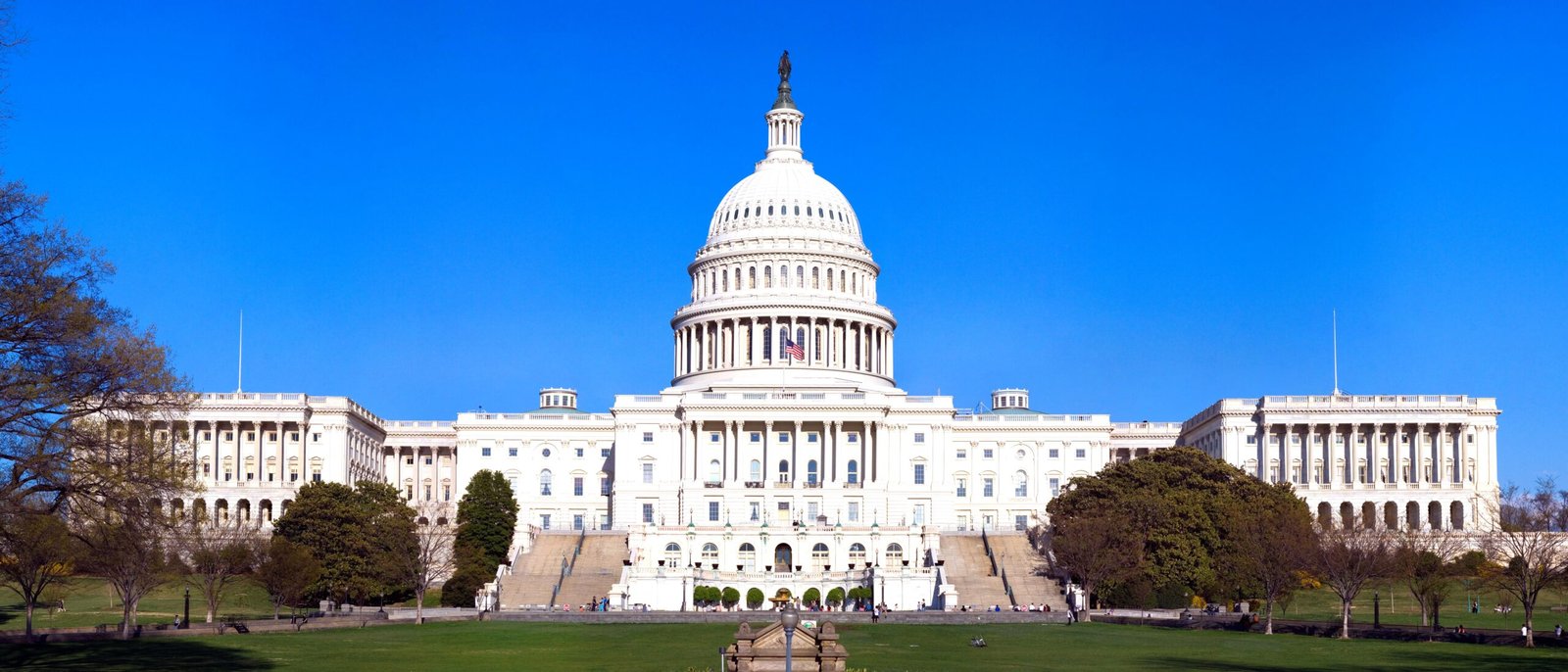
The U.S. Capitol might appear timeless, but it’s anything but stagnant. It continues to evolve, reflecting changes in governance and a growing nation. The original structure from 1800 has seen various expansions, accommodating the needs of a burgeoning nation. Perhaps the most impressive addition is the Capitol dome, a stunning architectural feat completed during the Civil War. Its gleaming façade is a beacon, symbolizing unity and enduring resilience. The expansions not only add to the building’s grandeur but also testify to the nation’s dynamic history, always adapting yet rooted deeply in tradition.
A Forest Inside the Capitol
Stepping into the Statuary Hall of the Capitol may feel like entering a serene wooded glen, thanks to its historic wooden doors. Crafted from old-growth trees, these doors are a testament to America’s early natural landscape. Some of these trees were likely standing when the nation itself was founded, bearing silent witness to its transformation. This connection to the past gives a tangible sense of history and continuity, blending nature’s beauty with national heritage. The wooden doors stand as both art and artifact, weaving tales of the forests that once blanketed the American landscape.
Hidden Subway System
Beneath the bustling exterior of the Capitol lies a lesser-known but fascinating feature: a hidden subway system. This underground network links the Capitol with nearby congressional offices, allowing lawmakers to travel quickly and privately. It’s a labyrinth of tracks off-limits to the public and seldom discussed but enormously vital for congressional operations. This clandestine transport system highlights the intricate planning behind the workings of a busy legislative body. Members of Congress can navigate through these tunnels with ease, a reminder of how they work tirelessly, unseen, for the nation’s governance.
Burned by the British
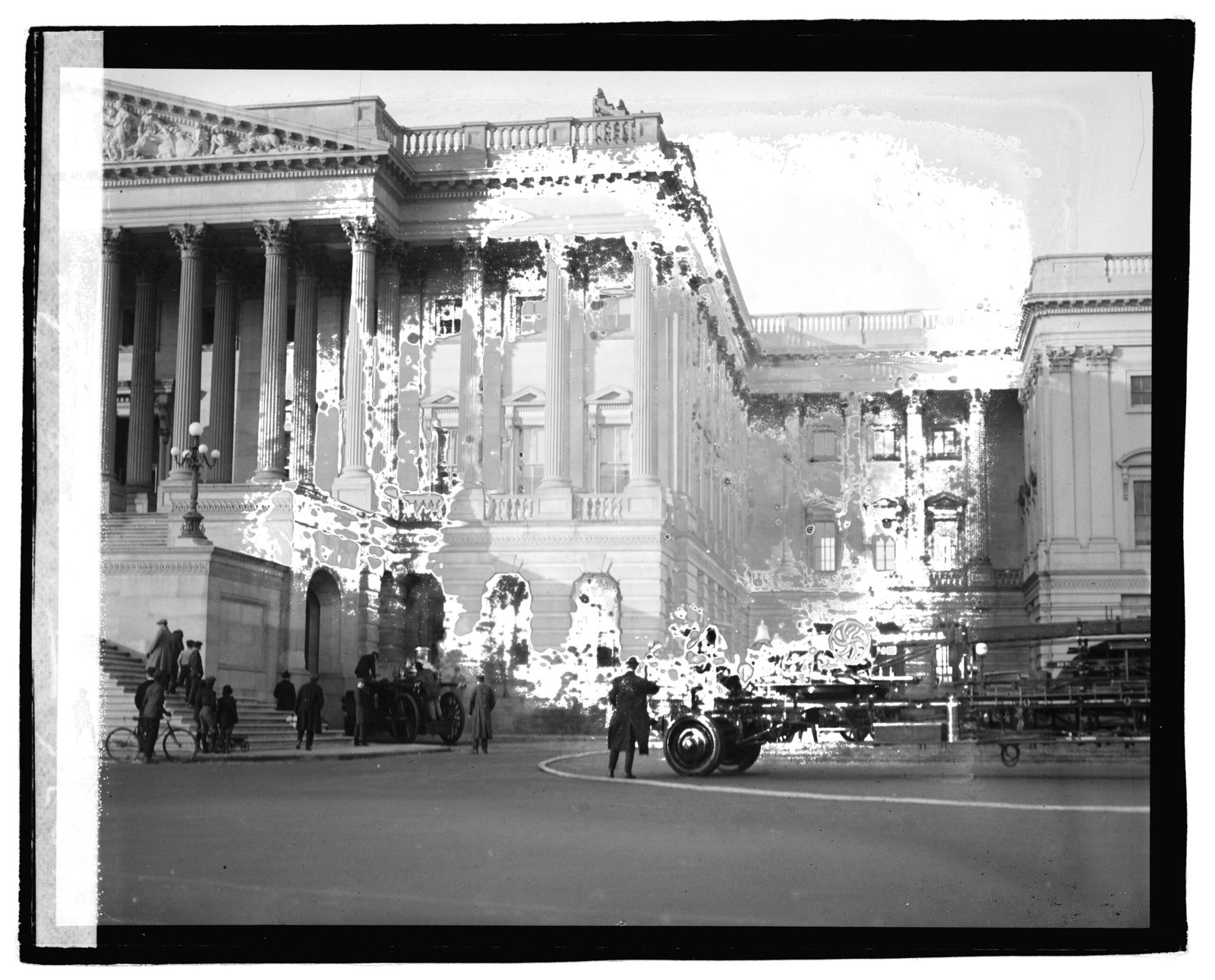
The majestic Capitol stands strong today, but it once faced near destruction. During the War of 1812, British forces set it ablaze, leaving the structure scarred by war flames. Yet nature intervened; a sudden downpour extinguished the fires before the Capitol was completely destroyed. This act of fate spared one of the nation’s most iconic symbols, preserving its history for future generations. The rains that saved the Capitol echo the resilience and determination found at the heart of American stories—a nation repeatedly rising from the ashes stronger and more unified.
A Statue That’s Taller Than the Dome
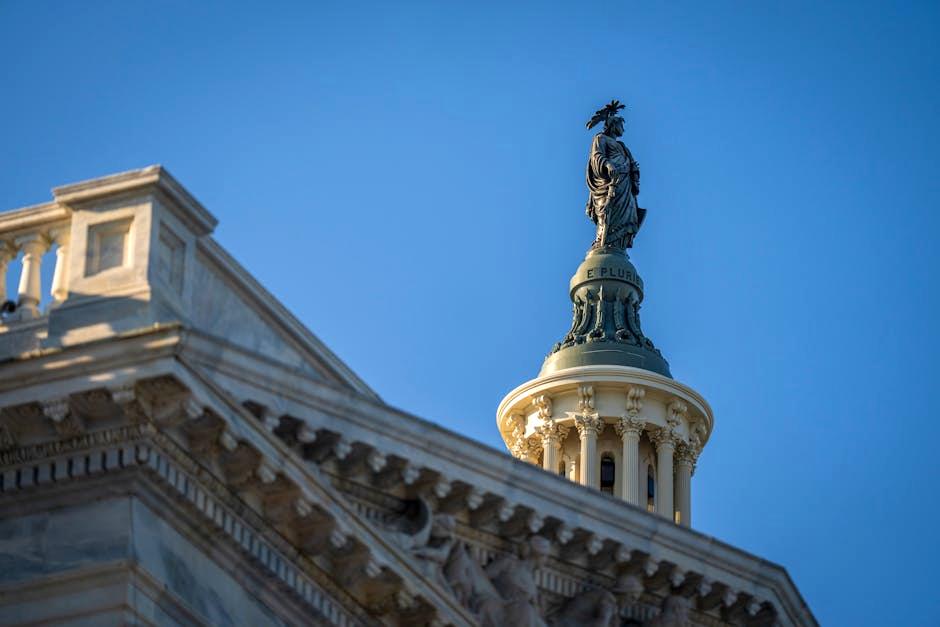
High atop the Capitol dome rests the “Statue of Freedom”—an imposing figure that, interestingly, stands taller than the dome itself. Measuring 19.5 feet and weighing a staggering 15,000 pounds, this statue exudes strength and liberty, soaring high above the nation’s heart. Installed in 1863, amid the Civil War, it symbolizes freedom’s tenacity and unyielding resolve. This heft and height defy perceived scale, standing proudly against cornflower skies. As the sun rises and sets, the Statue of Freedom remains a constant, anchoring beliefs held dear by a nation dedicated to liberty and justice for all.
Unseen Underground World
Beyond the more public spaces of the Capitol lies an enigmatic underground network of catacombs and tunnels. These subterranean paths, some dating back to the 19th century, are mainly inaccessible to the public, shrouded in secrecy. Despite their invisibility, these tunnels play a vital role in day-to-day operations, ensuring the Capitol’s seamless functioning through discreet maintenance and security tasks. This hidden world beneath hints at the complexity and intricacy interwoven throughout the Capitol, both above and below ground, connecting seamlessly to the grand machinery of governance.
Time Capsule in the Cornerstone
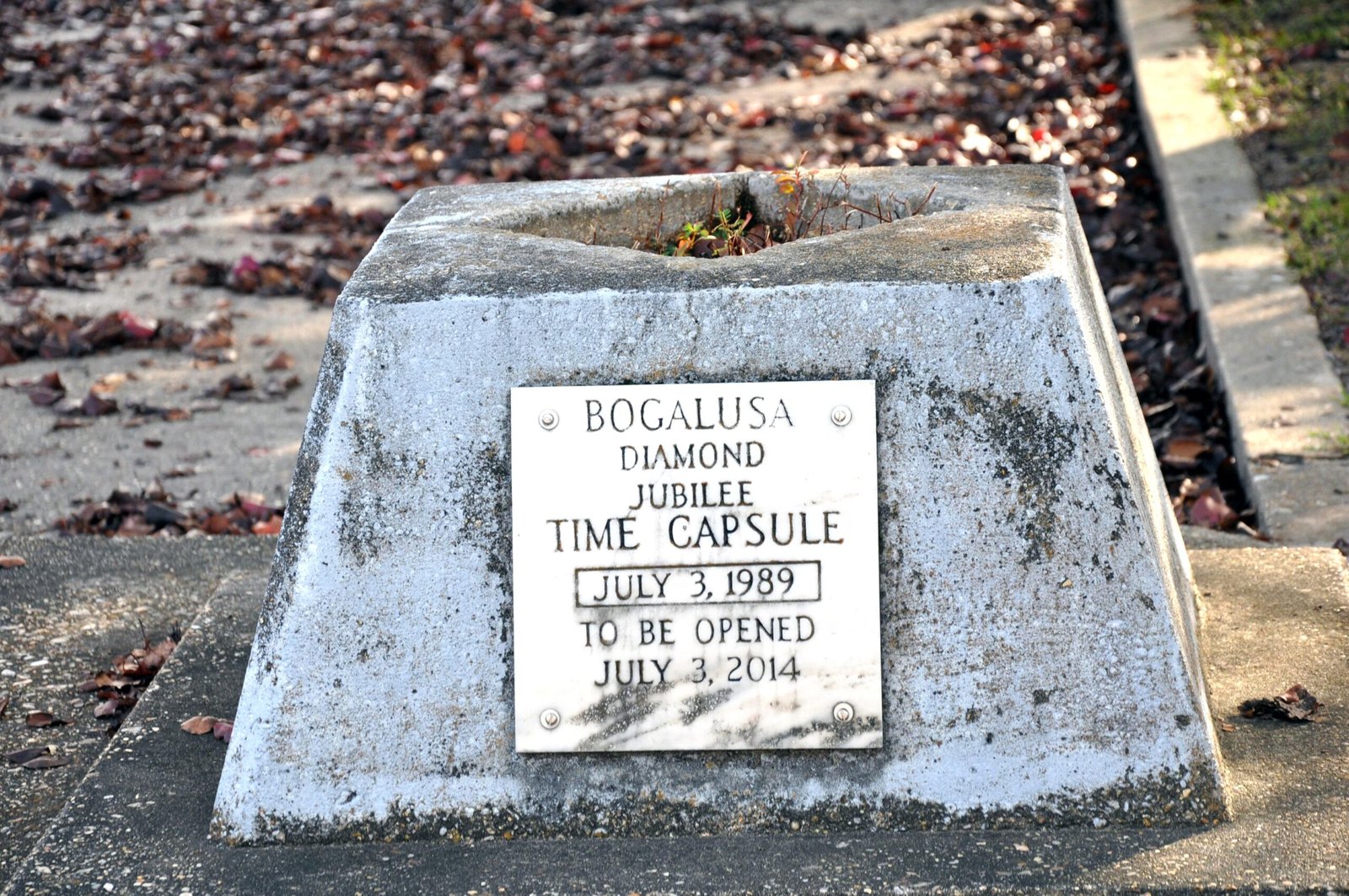
When George Washington laid the cornerstone of the Capitol in 1793, it held a curious surprise—a time capsule meant to capture history for future generations. Yet, the exact contents of this mysterious capsule continue to elude us, as its precise location has been lost. This forgotten relic of American history captures the imagination, reminding us of the tantalizing mysteries time often conceals. As it lies hidden beneath layers of transformation and time, it symbolizes the continuous journey toward knowledge and progress. This lost treasure echoes the profound connection between past and present.
The Whispering Gallery
Within the old Senate Chamber resides a strange acoustical marvel known as the Whispering Gallery. Its unique elliptical shape allows whispers to travel crisply from one side to another, defying expectations. This phenomenon creates an engaging space within the Capitol where secrets can travel through air, cloaked in quiet whispers. Today, the gallery is a historical exhibit, yet its peculiar charm remains captivating. Whispered words can still transform the chamber into a confounding arena of sound magic, where history and whisper-laden mysteries reverberate through marbled walls, echoing tales of a nation’s storied past.
